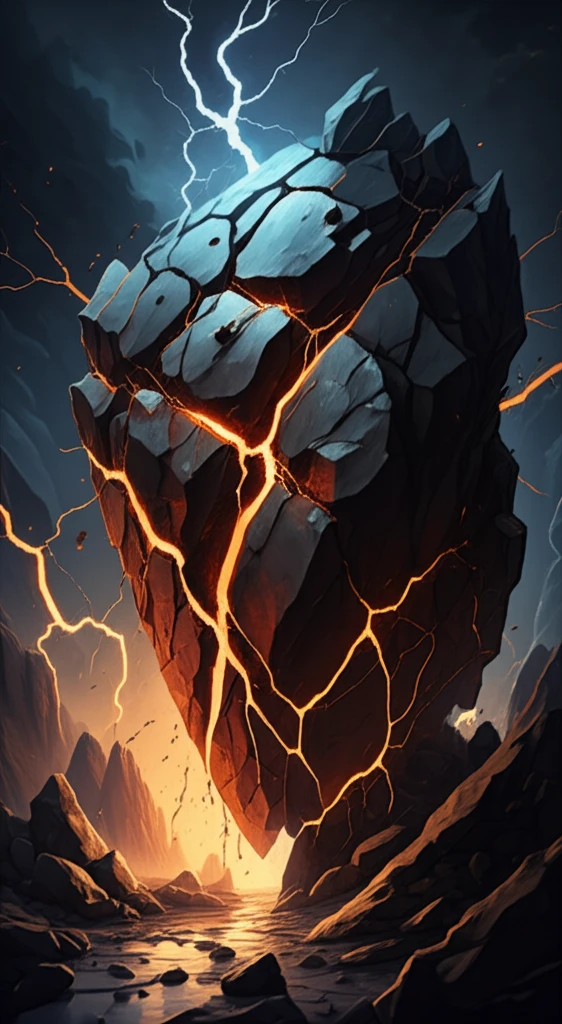
Cracking Under Pressure: What Rock Fractures Reveal About Stress
"A Deep Dive into How Three-Axis Stress Affects Rock Morphology and What It Means for Geomechanics"
Have you ever wondered how mountains form, or why earthquakes happen? The answers lie, in part, within the rocks beneath our feet. Understanding how rocks fracture under different types of stress is crucial not only for geologists but also for engineers, resource managers, and anyone interested in the Earth's dynamic processes.
A recent study delved into the intricate patterns of rock fractures under three-axis stress – a condition where rocks are compressed from multiple directions. By analyzing the cracks that form, scientists can gain insights into the forces at play deep within the Earth's crust. This research has implications for predicting rock failures, optimizing mining operations, and even understanding the behavior of underground reservoirs.
This article explores the key findings of this study, simplifying the complex science and highlighting the practical applications of understanding rock fracture morphology. We will uncover how the shape and distribution of cracks in rocks can tell us about the stress conditions they have endured, offering a window into the Earth's ever-changing landscape.
Unlocking the Secrets of Rock Fractures Under Stress: A Three-Axis Examination

The study focused on analyzing the crack patterns in three common rock types: marble, granite, and iron ore. These rocks were subjected to a three-axis stress test, simulating the pressures they would experience deep underground. The researchers carefully documented the deformation characteristics and the resulting crack formations.
- Three-Axis Stress Testing: Applying pressure from three different directions to simulate underground conditions.
- Plastic Casing: Using a plastic encasement to capture and record crack formations.
- Box Dimension Theory: A mathematical approach to analyze the relationship between crack size and confining pressure.
- Image Processing: Using software to enhance and analyze the crack patterns in the plastic casing.
The Big Picture: Why Understanding Rock Fractures Matters
This research highlights the importance of understanding rock fracture morphology. By analyzing the cracks that form under stress, we can gain valuable insights into the behavior of rocks in a variety of geological settings. This knowledge can be applied to predict rock failures, optimize resource extraction, and even understand the forces that shape our planet.
